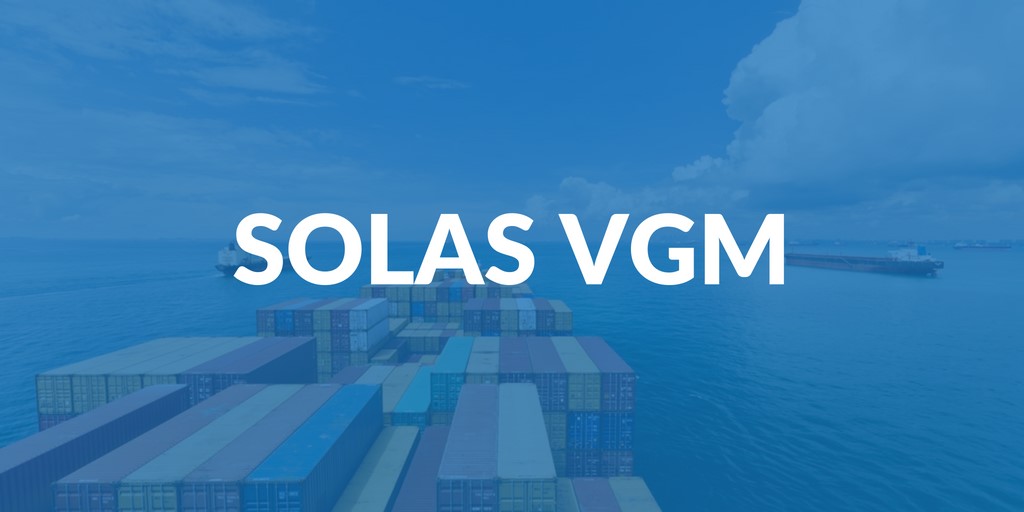Shipping Line Container Weight Verification (VGM)
Container weight verification plays a pivotal role in ensuring the safety, efficiency, and compliance of maritime cargo transportation. It prevents accidents, optimizes vessel capacity, and aligns with international regulations such as SOLAS. Advancements in technology have further enhanced the accuracy and convenience of this process. As the shipping industry continues to grow and adapt, maintaining a robust container weight verification system remains essential to safeguarding the global supply chain and promoting responsible shipping practices.
This verification is a critical process in the maritime industry that ensures the safety, efficiency, and compliance of cargo transportation across the globe. This procedure involves accurately determining the weight of containers before they are loaded onto ships, thus preventing accidents, optimizing vessel capacity, and adhering to international regulations. The verification process has evolved significantly over the years, with advancements in technology and stricter legal requirements, ultimately leading to a more reliable and streamlined operation.
Container weight verification serves as a crucial safety measure, mitigating the risk of accidents such as container stack collapses, ship stability issues, and port infrastructure damage. Overweight containers can shift the ship’s center of gravity, potentially leading to capsizing or instability during transit. By accurately assessing container weights, shipping lines can ensure proper load distribution and minimize the likelihood of accidents at sea or in port.
Efficiency is another significant aspect of container weight verification. Accurate weight information allows shipping lines to maximize cargo capacity without compromising safety. By optimizing container loading, vessels can carry more goods, reduce fuel consumption per unit of cargo, and lower operational costs. This efficiency directly impacts the industry’s economic viability and environmental sustainability.
International regulations, notably the International Maritime Organization’s (IMO) Safety of Life at Sea (SOLAS) convention, mandate the accurate verification of container weights. The SOLAS amendment, effective from July 2016, requires shippers to provide a verified gross mass (VGM) for every packed container. This weight includes the combined mass of the cargo, packing materials, and the container itself. The regulation underscores the shared responsibility among shippers, carriers, and terminal operators to ensure accurate weight declaration, enhancing the overall safety and reliability of maritime trade.
Technological advancements have revolutionized container weight verification. Modern methods include weighbridges at container terminals, onboard weighing systems, and portable weighing solutions. Weighbridges integrated into terminal operations allow for efficient, precise, and seamless weight verification during container handling processes. Onboard weighing systems provide real-time weight data, enabling crews to adjust cargo distribution and maintain optimal vessel stability. Portable weighing solutions offer flexibility, allowing weight verification at various points along the supply chain.


